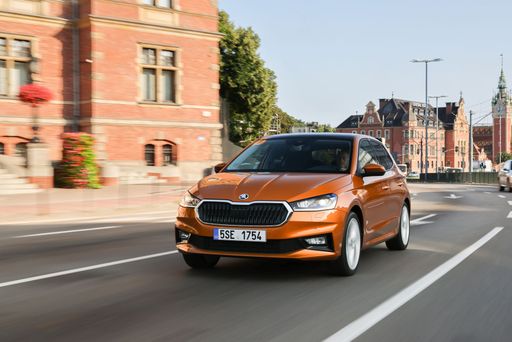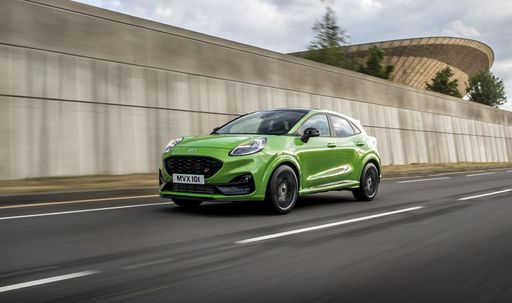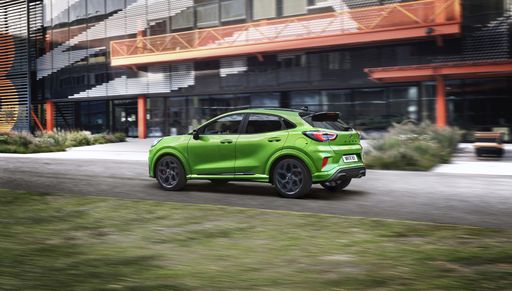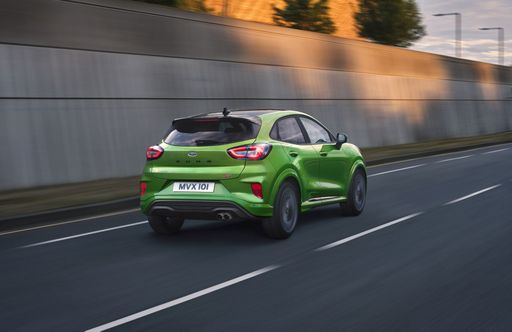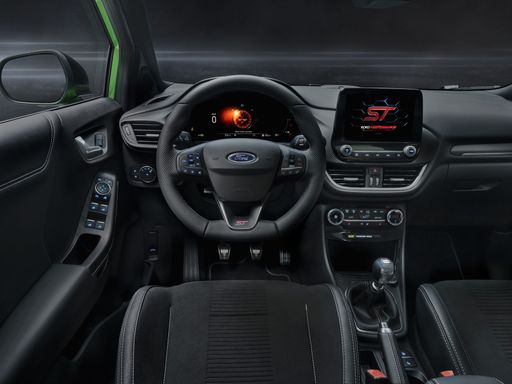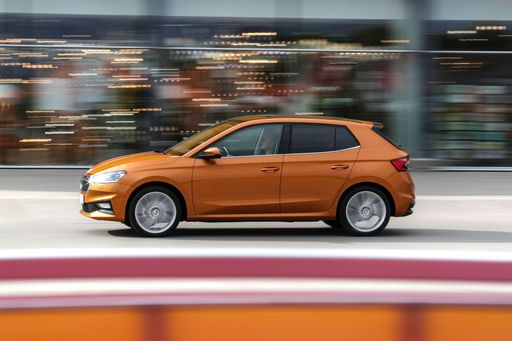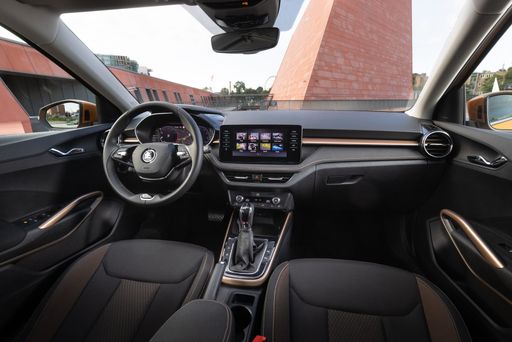Introduction: The Battle of Two Compact Giants
In today’s automotive landscape, consumers take center stage, looking for cars that can deliver practicality, performance, and innovation. Among the contenders in this highly competitive segment, the Ford Puma and the Skoda Fabia stand out. Each car brings its unique character and set of technologies to the table, targeting different tastes and preferences. In this comparison, we will delve into the technical aspects, design features, and innovations of both models.

